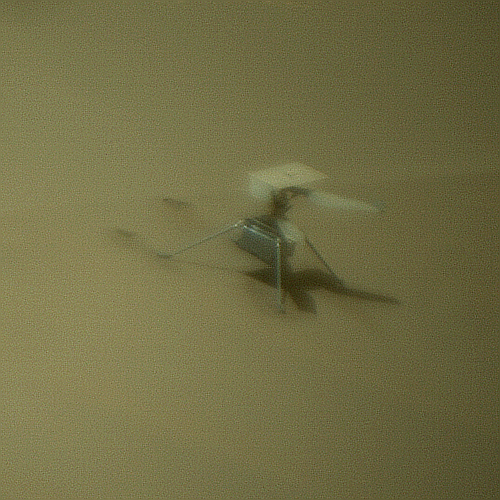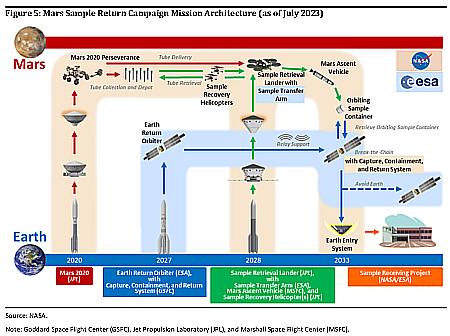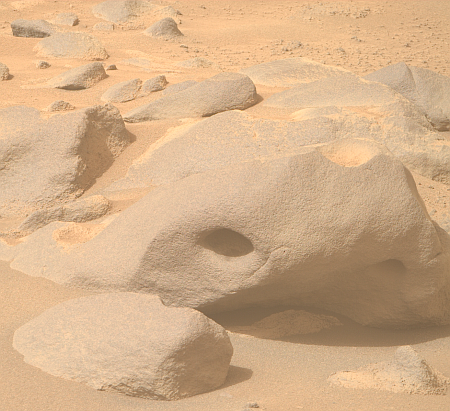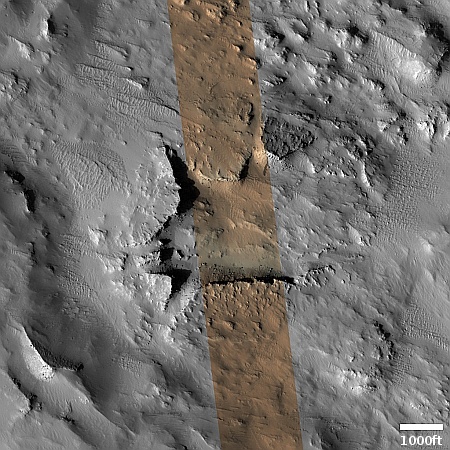Update on SpaceX’s preparations for the 4th test flight of Superheavy/Starship
Link here. The article is definitely worth reading, as it tells us that SpaceX is pushing hard to be ready to launch in early May, as Musk has promised. The article also thinks SpaceX will be able to ramp up later launches to one every two months.
The article however is I think being naively optimistic about this timeline, because it naively assumes the FAA will quickly approve the launch licenses to meet that schedule. I guarantee the FAA won’t, as it has taken it one to four months after SpaceX was ready to launch to approve the licenses for the previous launches. The length of that approval process has shrunk each time, but FAA still made Space X wait each time, for no reason.
Making that schedule even more unlikely is SpaceX’s desire to do as many as nine test launches per year at Boca Chica. While the company could certainly do this, the environment reassessment issued in 2022 limits it to only five launches per year. It needs a waiver from the FAA and the Biden administration,
a waiver no one should expect considering the Biden administrations hostility to Musk.
Link here. The article is definitely worth reading, as it tells us that SpaceX is pushing hard to be ready to launch in early May, as Musk has promised. The article also thinks SpaceX will be able to ramp up later launches to one every two months.
The article however is I think being naively optimistic about this timeline, because it naively assumes the FAA will quickly approve the launch licenses to meet that schedule. I guarantee the FAA won’t, as it has taken it one to four months after SpaceX was ready to launch to approve the licenses for the previous launches. The length of that approval process has shrunk each time, but FAA still made Space X wait each time, for no reason.
Making that schedule even more unlikely is SpaceX’s desire to do as many as nine test launches per year at Boca Chica. While the company could certainly do this, the environment reassessment issued in 2022 limits it to only five launches per year. It needs a waiver from the FAA and the Biden administration,
a waiver no one should expect considering the Biden administrations hostility to Musk.










